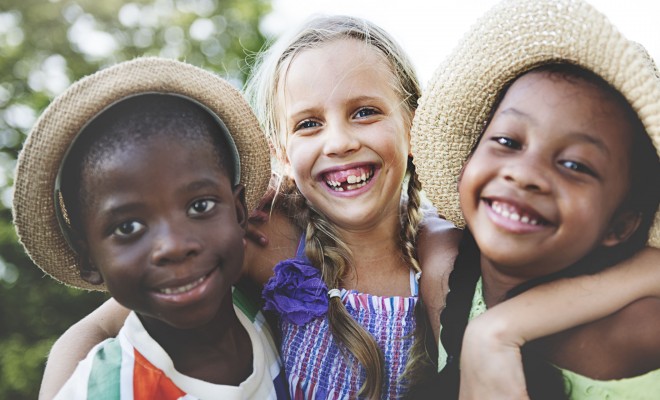
Childcare Environments
Promoting and Optimising Child Wellbeing
Child wellbeing and wellness are not necessarily the same thing, but no one would deny they are usually closely related. Furthermore, whilst well and unwell can often be considered as two sides of the same coin, wellbeing itself is a more nuanced concept which requires additional qualification before it becomes descriptive and meaningful for any individual.
To illustrate some of the diverse ways of approaching these concepts, the following diagram summarises aspects of health and wellbeing from four different perspectives:
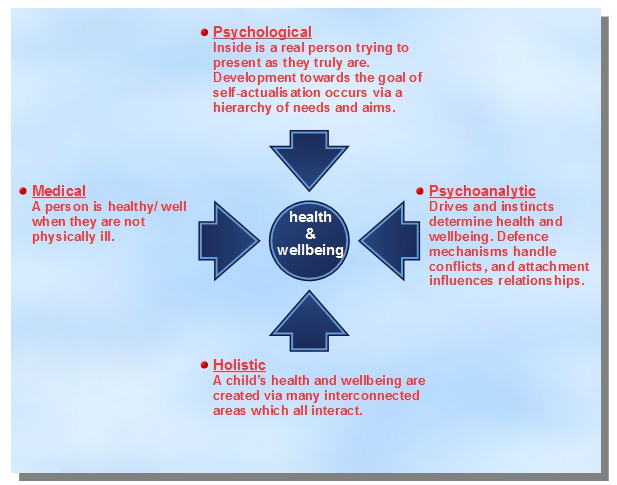
Figure 1: Four alternative perspectives on health and wellbeing (Inspired by Nangah and Mills, 2015)
Looking exclusively at health in the first instance, Garvey (2018) for example quotes the World Health Organisation’s measured definition of health as:
‘… a state of complete physical, mental and social wellbeing and not merely the absence of disease or infirmity.’ (WHO)
noting that, by 2016, the wording had been further broadened and amplified to reflect the growing importance of mental as well as physical health, to become:
‘… a state of well-being in which every individual realises his or her own potential, can cope with the normal stresses of life, can work productively and fruitfully, and is able to make a contribution to her or his community.’ (WHO, 2016)
A mental health dimension
Though the acknowledgement that understanding how a child may be feeling is just as important as detecting signs of physical distress, the work of Greenspoon & Saklofske (2001) suggests that improving mental health can be usefully conceptualised as a ‘dual factor’ model which not only enhances mental wellbeing, but also prevents mental health problems. (See Figure 2 below)
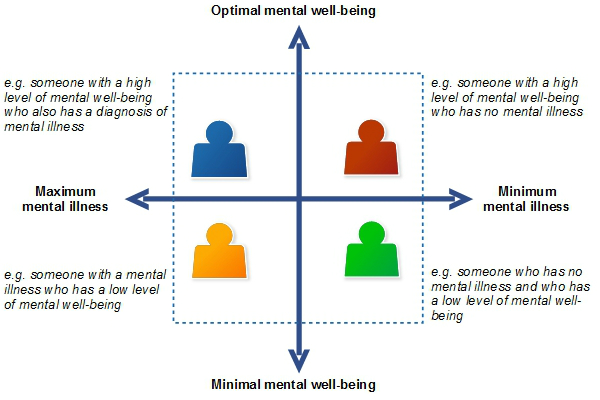
Figure 2: A dual factor model of mental health and wellbeing (Inspired by Greenspoon & Saklofske, 2001)
Supporting this view, many have observed:
‘… mental wellbeing and mental health are … two distinct dimensions. Therefore, it is possible for someone to experience mental health problems while at the same time having good mental wellbeing and a good quality of life, just as someone who does not experience mental health problems may nonetheless experience poor mental wellbeing and a poor quality of life. (Scottish Government, 2009a)
Being an advanced society may count for very little
Elsewhere (e.g. Nangah and Mills, 2015), health and emotional wellbeing have been featured in a similar dual evaluation, ‘continuum’ ideology. Nevertheless, there is some contemporary evidence to suggest that, even as a relatively advanced nation, we have no reason to be complacent about our efforts to promote child wellbeing. For example, in a UNICEF report on child wellbeing (UNICEF, 2007) involving 29 countries, the UK was placed in the lowest quartile for all reported measures. Assessing this performance, Mainstone-Cotton adds:
‘The report looked at six different aspects of wellbeing: education, health and safety, relationships with family and friends, behaviour and risks and children’s views of their own wellbeing. Britain got the lowest score in two of these six areas: relationships with family and friends and children’s own view of their wellbeing.’ (Mainstone-Cotton, 2017)
Furthermore, research has shown that children who are highly materialistic have higher levels of depression and lower levels of happiness (Hurst et al, 2013). And focussing specifically upon mental health, the National Association of Headteachers have cautioned that 20% of all school children will have a mental health problem before they reach the age of 11. (Richardson, 2016)
Why should practitioners intervene?
Frederickson and Cline remind us that the primary reasons for intervening to promote children’s wellbeing are:
- ‘… avoiding the negative consequences of deficiencies in social and emotional competence and well-being’, and
- ‘… reaping the positive benefits associated with well-developed competencies [which include] … greater educational and work success, improved behaviour, increased inclusion, improved learning, greater social cohesion, increased social capital and improvements to mental health.’ (Frederickson and Cline, 2009)
So, if we are serious about helping children to grow, develop and flourish in developmental terms, it’s equally important to consider their wellbeing too – a fact brought out even more clearly when we consider the positive effect such nurturing is likely to have on various aspects of brain function, as illustrated in Figure 3.
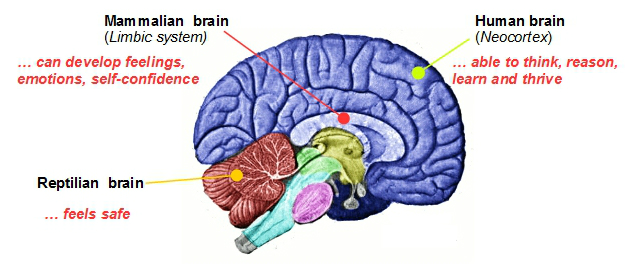
Figure 3: Wellbeing reflected in brain function
Detailing the benefits, Garvey notes:
‘… the importance of a reptilian brain that feels safe, the mammalian brain enabled to develop feelings, emotions, self-confidence and so on, and the neocortex able to think, reason, learn and thrive. Consider all of this together and it is easy to see how wellbeing and early childhood are inextricably linked …’ (Garvey, 2018)
Assessing a child’s wellbeing
For the purposes of establishing some consistency within any particular setting it can be helpful to use some standardised form of critical assessment of wellbeing. Thus, many practitioners use the Leuven scale developed at the Research Centre for Experiential Education in Leuven, Belgium. As illustrated in Figure 4, this five-point scale can be used to track the nature of a child’s engagement, from a stance of outright rejection through to ultra-immersion and instantaneous response.
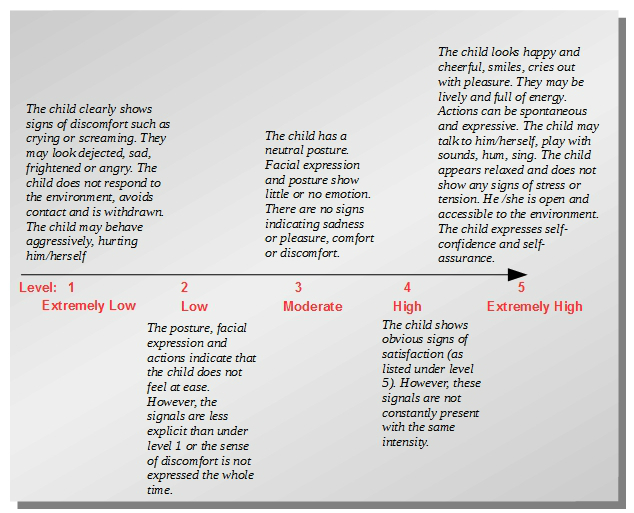
Figure 4: The Leuven scale of child wellbeing
Emphasising the important connection between wellbeing and involvement in learning (Laevers, 2015), Garnett remarks:
‘A child high on the well-being scale will be more involved, leading to further deep-level learning. His attitude will be generally positive, with social interactions having a better chance of success … a child low in well-being will find it difficult or even impossible to become involved and learning will be reduced dramatically.’ (Garnett, 2018)
Again referencing brain function, Garnett goes on to say that a child who is at the bottom of the Leuven scale:
‘… will effectively be locked into … [a] mode where the thinking brain cannot function properly and judgements will therefore be negatively affected.’
Strategies for improving wellbeing in children
Adapting advice originally focused on adult wellbeing, Garvey suggests practitioners consider deploying five simple everyday actions:
- Connect
- Be active
- Take notice
- Keep learning
- Give
and comments:
‘We support children and families to connect with us and with each other … being active, taking notice and keeping learning need no further explanation. We also encourage children to “give” … [e.g.] by doing something nice for a friend.’ (Garvey, 2018)
The work of Laevers (2015) offers some more detailed initiatives (summarised in Figure 5 below) ‘that have the potential to bring about an increase in well-being and/or involvement’.
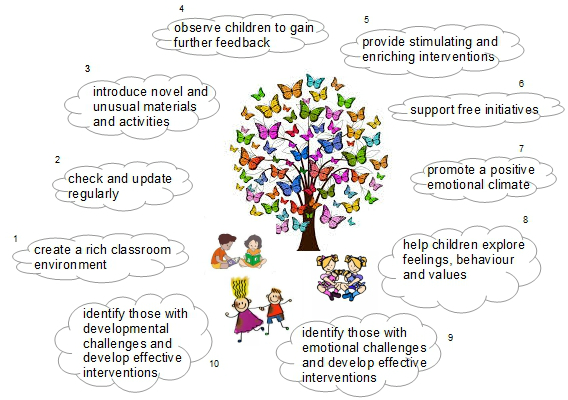
Figure 5: Ten Action Points (Inspired by Laevers, 2015)
The following amplification of Laevers’ Ten Action Points gives a fuller explanation of the research recommendations – in which ‘one starts where one stands, with the room, the children, the material, the methods and all the limitations linked to the actual situation’.
- Arrange your classroom in a series of appealing corners and/or areas containing exciting toys and a variety of interesting activities.
- Check the contents of these areas regularly with a view to replacing ones which have lost their appeal with some fresh material. Don’t let things get too stale and predictable.
- Introduce new materials and activities which offer an unconventional twist – e.g. items and materials which by their very nature will prompt questioning and discovery.
- Observe children as they explore these areas to find out their interests and preferences – use this information to guide and inform your choice of future material.
- Support ongoing activities by enriching adult interventions – asking questions and making suggestions which will help children to explore the resources in new ways.
- Allow space for the children’s own initiatives, and then support them with appropriate rules and agreements designed to achieve the aims they express.
- Actively seek to develop and improve the emotional climate so that children are able to experience an optimum social atmosphere.
- Use a range of activities designed to help children explore the world of behaviour, feelings and values.
- Identify any children with emotional challenges and design sustainable interventions to address the relevant issues.
- Identify any children with developmental challenges and design sustainable interventions to address the relevant issues. (Based on Laevers, 2015)
Clearly, such a strategy implies that practitioners will need to carefully judge when to intervene, and when to stand back and observe. For Garnett, this means interaction through ‘stimulation, sensitivity and giving autonomy’, which she explains thus:
‘Adults stimulate by suggesting exciting and inspiring activities to children, by offering rich information, thought-provoking questions and shared thinking.
Sensitivity is demonstrated through empathy, understanding the child in full, not in part.
Giving autonomy is established when adults give and respect a child’s initiative … when adults acknowledge children’s interests and let them experiment …’ (Garnett, 2018)
Targeted interventions
As childcare professionals will understand – and Laevers’ action points also acknowledge – some children will always require more support than others. For settings, this means apportioning and optimising the deployment of initiatives and resources as illustrated in Figure 6 below:
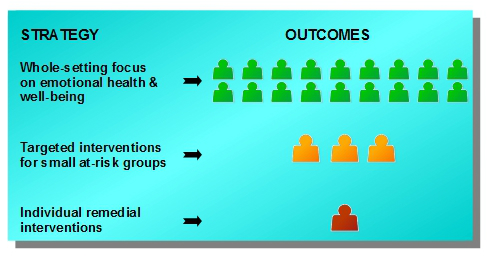
Figure 6: Impact of explicit intervention strategies (Adapted from DfES 2005d)
Thus various whole-setting strategies, like the DfES SEAL (Social and Emotional Aspects of Learning) initiative for instance, can be delivered to the community, while smaller groups and individuals receive the targeted care and support according to their needs.
And finally, not every important change to better support wellbeing will necessarily be expensive and time-consuming. For as Garvey points out:
‘… we, as practitioners, often meet the parent at the door to share information on the child’s day. Meanwhile, the child and parent have to wait for their re-connection moment … [Suppose instead] we support the re-connection of the parents and their child first, and then offer the necessary information. This is such a simple, yet highly sensible way of working, and one that is completely free to implement.’ (Garvey, 2018)
EYFS Developmental Milestones – Download Free eBook


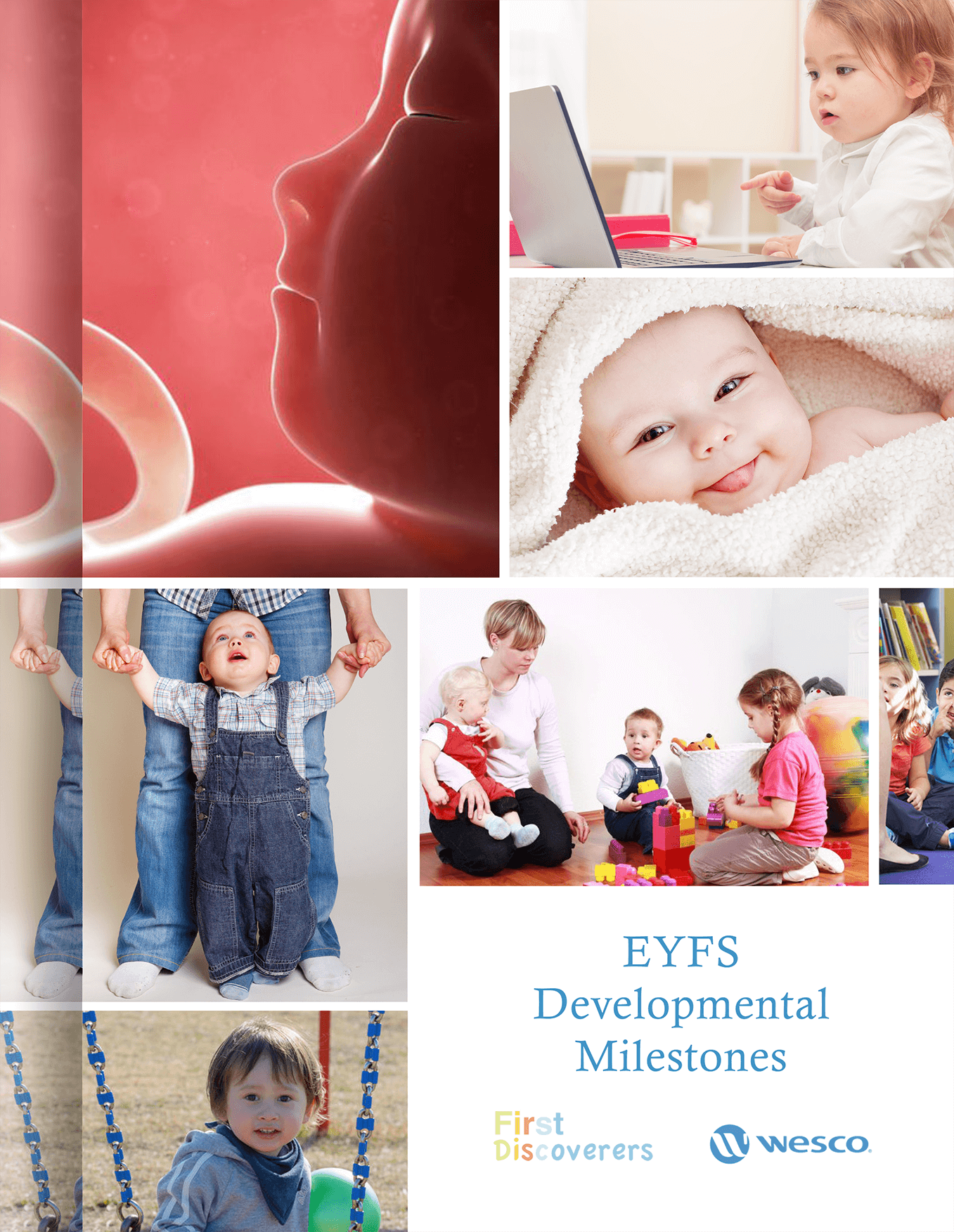


You must be logged in to post a comment Login